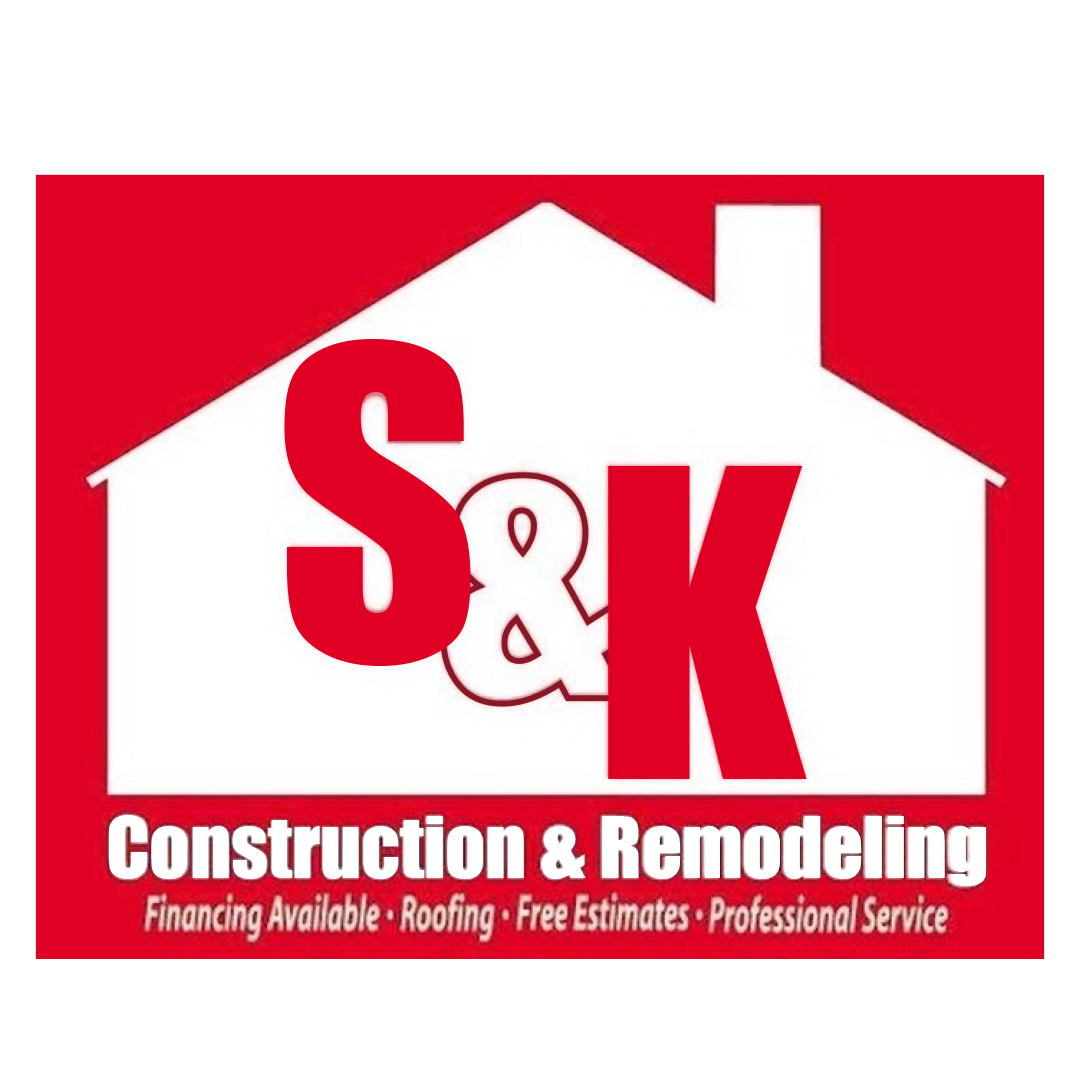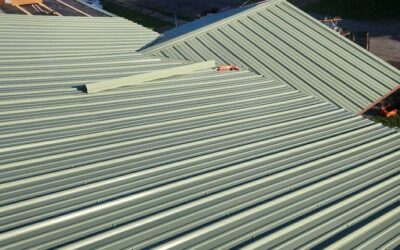Absolutely! Here’s a detailed, SEO-optimized blog post tailored around the keyword “how to replace fascia board with drip edge.” This is ideal for homeowners looking to understand this crucial part of roof maintenance and can help position your company as a knowledgeable, trustworthy resource.
How to Replace Fascia Board with Drip Edge: A Complete Guide for Homeowners
When it comes to protecting your home from the elements, your roof does a lot of the heavy lifting—but so do its lesser-known components, like the fascia board and drip edge. Together, they help direct water away from your home and protect your roof’s structure from rot, mold, and costly damage.
If you’ve noticed sagging gutters, peeling paint near the roofline, or water damage on your soffits or siding, it might be time to replace your fascia board with a drip edge. In this comprehensive 2800-word guide, we’ll explain everything you need to know about how the process works, why it’s so important, and why trusting a professional is the best way to protect your home.
What Is a Fascia Board?
Before we dive into replacement steps, let’s define the key parts of your roof’s edge.
The fascia board is a long, straight board that runs along the lower edge of your roof. It’s typically mounted where the roof meets the outer walls of the house, and it’s the piece your gutters are attached to.
Functions of the fascia board include:
- Supporting the bottom row of roof tiles or shingles
- Holding up the gutter system
- Sealing off the attic space from the outside elements
- Providing a finished appearance to the roofline
Fascia boards are usually made of wood, but they may also be aluminum, composite, or uPVC.
What Is a Drip Edge?
A drip edge is a thin metal flashing installed along the edges of the roof. Its purpose is to direct water away from the fascia and into the gutters, preventing water infiltration and protecting the fascia board, soffits, and roof decking.
Why is a drip edge important?
- Prevents water from getting behind fascia boards
- Helps control the flow of rainwater
- Protects the edge of the roof from rot
- Reduces risk of ice damming during winter
Many older homes were built without drip edge flashing, which is why replacing a fascia board without installing a new drip edge is a missed opportunity for better protection.
Signs You Need to Replace Your Fascia Board
Here are some of the most common indicators it’s time for a replacement:
- Rotting or soft wood
- Sagging or detached gutters
- Water damage behind gutters
- Visible cracks or pest infestations
- Peeling paint or stains along the eaves
- Gutter overflow during rainstorms
If these problems sound familiar, it’s time to act fast. Letting fascia board issues go unchecked can lead to more severe structural damage, including to your roof decking and attic insulation.
Can You Replace a Fascia Board Without Replacing the Roof?
Yes! Replacing fascia boards and installing a drip edge can be done independently of a full roof replacement—though many homeowners choose to have the job done during a roof installation for cost efficiency.
Tools and Materials Needed
If you’re a seasoned DIYer planning to take on this job, here’s what you’ll need:
Tools:
- Circular saw or reciprocating saw
- Hammer or nail gun
- Pry bar
- Ladder or scaffolding
- Drill with screwdriver bits
- Caulking gun
- Safety gloves and goggles
Materials:
- Fascia board (typically 1×6 or 1×8 wood or composite)
- Galvanized nails or exterior screws
- Construction adhesive
- Exterior caulk
- Paint or stain (for wood fascia)
- Drip edge flashing
- Roofing cement
- Underlayment if replacing part of the roof
⚠️ Note: This job involves working at heights and removing parts of the roof structure. If you’re unsure of your skill level, contact a professional roofing contractor like S&K Construction And Remodeling LLC in Northeast Ohio for expert help.
Step-by-Step: How to Replace Fascia Board with Drip Edge
Step 1: Inspect the Existing Fascia
Carefully examine the condition of your existing fascia boards. Look for water stains, rot, or loose sections. Use a screwdriver to test for soft spots.
If there’s visible mold, ensure you’re wearing protective gear and consider replacing all affected areas—even those that don’t appear heavily damaged yet.
Step 2: Remove Gutters
You’ll need to take down the gutter system to access the fascia board. Label the gutter sections as you remove them so you can reinstall them later.
Be sure to detach any gutter hangers, brackets, or spikes before prying off the gutters.
Step 3: Remove the Damaged Fascia Board
Using a pry bar, remove the old fascia board by pulling it away from the rafter tails. If it’s nailed in place, use a hammer or drill to loosen the fasteners first.
Cut any damaged sections cleanly using a circular saw. Make sure not to damage the soffit or underlying roof structure.
Step 4: Inspect and Repair Rafter Ends
Once the old fascia board is removed, inspect the rafter tails or truss ends for signs of rot or damage. If necessary, sister in new wood pieces for support.
Step 5: Install New Fascia Board
Measure and cut your new fascia board to length. Pre-paint or stain it before installing for added durability. Attach the board using galvanized nails or screws, securing it to each rafter tail.
Use construction adhesive along the backside for extra strength and to seal the connection.
Step 6: Install the Drip Edge
Now for the critical part—installing the drip edge flashing. Slide the drip edge under the shingles and over the new fascia board. Make sure the angled edge extends slightly away from the fascia to direct water into the gutter.
Fasten the drip edge every 12–16 inches using roofing nails. Overlap pieces by 1–2 inches to ensure a watertight seal.
Seal the corners with roofing cement to prevent water intrusion.
Step 7: Reinstall Gutters
Once the drip edge is securely in place, reattach your gutter system. Make sure the gutters are aligned with the slope of your roof and securely fastened to the fascia.
Use new gutter brackets or hangers if the old ones are rusted or loose.
Step 8: Finish and Seal
Use exterior-grade caulk to seal any visible seams between the fascia and soffit. Touch up the paint if needed.
Clean the area and do one final inspection to ensure everything is sealed and secured.
Benefits of Replacing Fascia Board with Drip Edge
- Longer-lasting fascia and soffits
- Protection from water damage
- Reduced risk of mold and mildew
- Increased curb appeal
- Better gutter performance
- Improved energy efficiency (when paired with soffit vents)
Why Hire a Pro for Fascia and Drip Edge Work?
Replacing a fascia board with a drip edge is a labor-intensive project that requires roofing knowledge and safety precautions. For homeowners in Youngstown, Medina, Willoughby, Chardon, Euclid, Cleveland Heights, and surrounding areas, S&K Construction And Remodeling LLC offers:
- Professional inspections
- Fast and safe removal of damaged boards
- High-quality materials (aluminum, composite, or pressure-treated wood)
- Expert drip edge installation
- Full gutter reattachment or replacement
- Warranty-backed service
We make sure every element of your roofline is protected—because water damage doesn’t wait, and neither should you.
Common Mistakes to Avoid
- Skipping drip edge installation – This leaves your fascia vulnerable to rot and may violate building codes.
- Using interior-grade wood or screws – These can deteriorate quickly in outdoor conditions.
- Not sealing corners or overlaps – Gaps allow moisture and pests to enter.
- Installing fascia board flush with shingles – Always leave room for proper drip edge fit.
- DIYing without safety equipment – Falls from ladders or roofs cause thousands of injuries each year.
Frequently Asked Questions (FAQs)
Can you install drip edge without removing shingles?
Yes, in some cases. If the shingles are flexible enough, the drip edge can be tucked underneath. However, in most cases, it’s best done during shingle or fascia replacement.
How long does fascia board replacement take?
A typical job can take anywhere from a few hours to a full day, depending on the length of fascia, gutter removal, and drip edge installation.
How much does fascia board replacement with drip edge cost?
Costs vary depending on the material, roof height, and labor involved. On average:
- Fascia board replacement: $5–$10 per linear foot
- Drip edge installation: $2–$4 per linear foot
Always get a professional quote for accuracy.
Get the Job Done Right with S&K Construction And Remodeling LLC
When your fascia boards are damaged or outdated, don’t wait for the next storm to reveal their weakness. The team at S&K Construction And Remodeling LLC is ready to help with expert fascia board replacement and drip edge installation throughout Northeast Ohio.
We serve:
- Youngstown
- Cleveland
- Twinsburg
- Concord
- Gates Mills
- Lyndhurst
- Beachwood
- And surrounding towns!
As an Owens Corning Preferred Contractor, we provide quality craftsmanship with trusted materials and a commitment to excellence.
Ready to Get Started?
📞 Call us today for a free estimate
🌐 [Insert Website]
📧 [Insert Email Address]
📍 Serving Youngstown, Cleveland, Medina, and all of Northeast Ohio
Would you like me to turn this into a formatted blog post with headings, internal links, and SEO metadata for your website?
 (440) 307-2060
(440) 307-2060


